Are aliens hiding in plain sight?0
- From Around the Web, Space
- September 8, 2020
Several missions this year are seeking out life on the red planet. But would we recognise extraterrestrials if we found them?
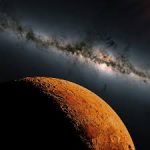
Several missions this year are seeking out life on the red planet. But would we recognise extraterrestrials if we found them?
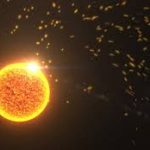
Mission proposals include analysis of sun’s atmosphere and its unseen polar regions
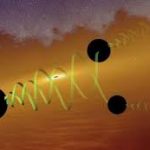
Researchers believe noise was two black holes colliding around 7 billion years ago, creating a previously unseen class of stellar object
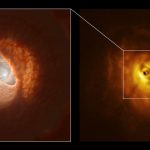
Groups of stars can tear their planet-forming disk to shreds, leaving behind warped, misaligned rings, scientists find in a breakthrough study.
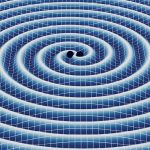
A binary black hole merger likely produced gravitational waves equal to the energy of eight suns
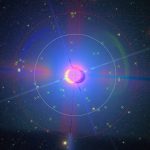
In a new study to be published in the Monthly Notices of the Royal Astronomical Society, a research team led by University of Manchester astronomers extended a sample of 1,327 stellar systems recently observed by the Breakthrough Listen Initiative by including additional 288,315 stars that also reside within the target fields of the Robert C. Byrd Green Bank Telescope in West Virginia and CSIRO’s Parkes radio telescope in Australia — increasing the number of stars analyzed by a factor of more than 200. Their results suggest that less than 0.04% of stellar systems have the potential of hosting advanced civilizations with the equivalent or slightly more advanced radio technology than 21st century humans.
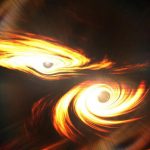
Astronomers using the twin LIGO detectors located in Livingston, Louisiana, and Hanford, Washington, and the Virgo detector located near Pisa, Italy, have detected gravitational waves from the most massive binary black hole merger ever discovered. The two spinning black holes merged when the Universe was only about 7 billion years old, which is roughly half its present age, and formed a larger black hole weighing a whopping 142 times the mass of the Sun — a so-called intermediate-mass black hole.

Spacetime ripples reveal the most massive and most distant black hole collision yet
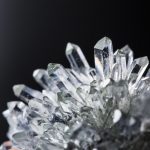
When a meteorite hurtles through the atmosphere and crashes to Earth, how does its violent impact alter the minerals found at the landing site? What can the short-lived chemical phases created by these extreme impacts teach scientists about the minerals existing at the high-temperature and pressure conditions found deep inside the planet?
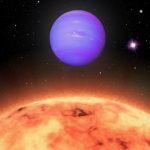
Using NASA’s Transiting Exoplanet Survey Satellite (TESS) and two ground-based instruments, astronomers have discovered and confirmed a transiting hot Neptune exoplanet orbiting TOI-824, a K4-type dwarf star located 210 light-years away in the constellation of Circinus.



